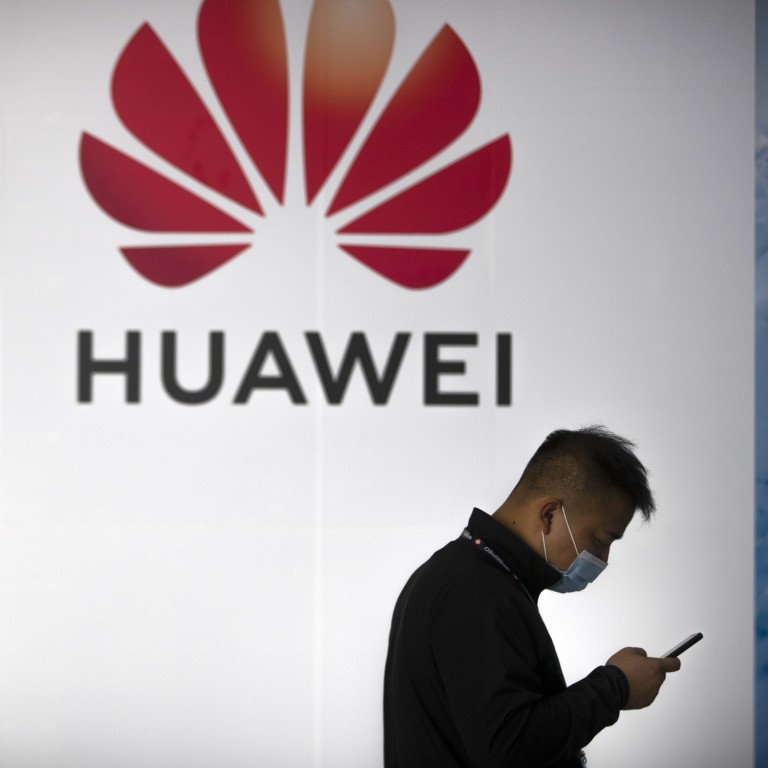
Huawei takes a step toward supply chain independence in optoelectronics with new ‘light fab’ in Wuhan
- The second phase of the Huawei optoelectronics fab in Wuhan covers about 210,000 square meters and is part of Huawei’s largest R&D centre in central China
- In June this year Huawei said the first phase of its optoelectronics R&D and manufacturing centre in Cambridge, UK, was approved by the local council
An optoelectronic chip project built for Chinese telecoms champion Huawei Technologies Co. was completed this week, providing the company with semiconductor supply chain capabilities from chip design and manufacturing to packaging and testing, according to a website post from the company that built the facility.
The original post from China Construction Eighth Engineering Division Corp, published on Wednesday but since removed, said the second phase of the Huawei “light” fab project, located in Wuhan’s Optics Valley new technology development zone, covers an area of about 210,000 square metres and is part of Huawei’s largest research and development centre in central China.
The CCEEDC post said the facility would focus on applications such as “smart terminals and optics”.
“The finished project will be Huawei’s first semiconductor manufacturing facility in China, helping Huawei build a smart world where everything is connected and achieving a complete supply chain from semiconductor design, manufacturing, to packaging and testing – and it’s also consumer-facing,” said the website post.
Calls from the South China Morning Post to CCEEDC seeking clarification on why the post was removed went unanswered.
Optoelectronics devices, including lasers and light emitting diodes (LEDs), are a key technology used in fibre optic communication systems.
State-owned CCEEDC, founded in 1952, has built projects such as airports, stadiums, hospitals, hotels and tourist villages, according to company information. The post did not elaborate on what optoelectronic manufacturing equipment was used in the facility. Most optoelectronics devices are made using older generation 150mm wafer fabs, not the 300mm fabs required for advanced chips that power smartphones and computers.
Two years on, Huawei still fighting for survival as CFO extradition ongoing
Huawei did not immediately respond to a request for comment.
The development comes amid ongoing pressure from the US government to block the Chinese telecoms equipment company from accessing advanced technology used for its smartphones and 5G network products. Chinese leader Xi Jinping has frequently called on the country’s tech companies to become more self-sufficient in core technologies like semiconductors.
The new chip project is unlikely to alleviate the crisis Huawei faces in being blocked from using US semiconductor technology, said He Hui, chief semiconductor analyst with Omdia, a tech-focused market research company.
In June this year Huawei said the first phase of its optoelectronics R&D and manufacturing centre in Cambridge, UK, was approved by the local council. Huawei said it would invest £1 billion (US$1.3 billion) in the first phase of the project, which includes construction of 50,000 square metres of facilities across nine acres of land, creating around 400 local jobs.
When fully operational, the Cambridge facility will become the international headquarters of Huawei’s optoelectronics business.

